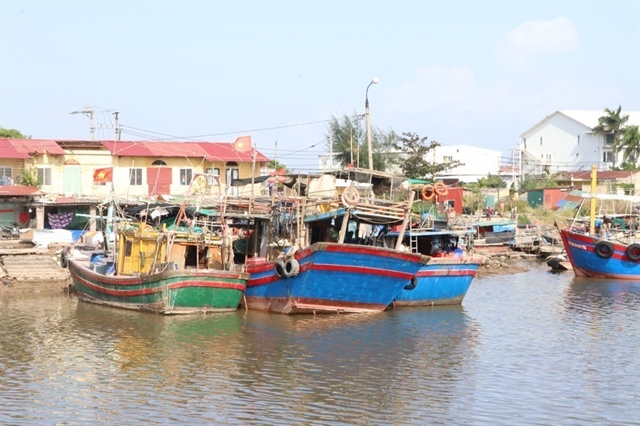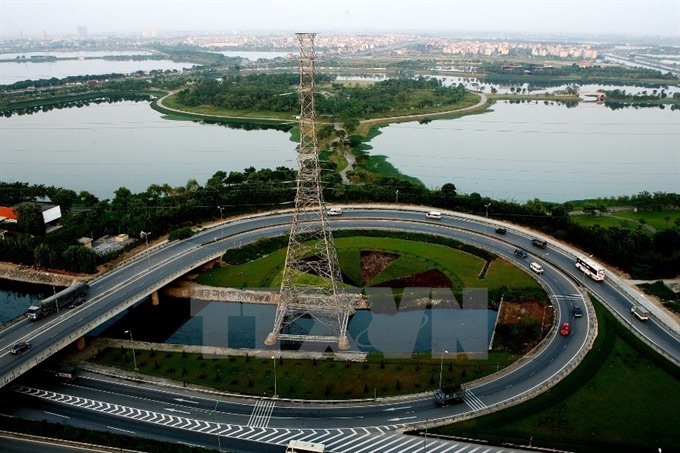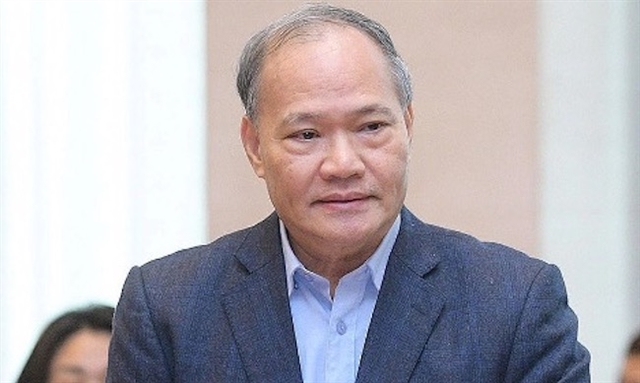 Society
Society

Solutions to ease traffic congestion on the Pháp Vân intersection of Hà Nội have been proposed by the Directorate for Roads of Việt Nam.
 |
| The Pháp Vân intersection in the southern area of the capital city. — VNA/VNS Photo Huy Hùng |
HÀ NỘI — Solutions to ease traffic congestion on the Pháp Vân intersection of Hà Nội have been proposed by the Directorate for Roads of Việt Nam.
The Pháp Vân intersection has high traffic flow as its connects the Pháp Vân-Cầu Giẽ Highway with Ring Road 3 and the Nước Ngầm coach station with the Giáp Bát coach station.
Traffic congestion occurred over all traffic lanes that surround the intersection during peak hours and holidays, said Nguyễn Văn Huyện, director of the directorate.
The quality of the current transition lanes fall short of traffic demand, due to damaged road surface and obscured traffic signals, making it an urgent task to renovate the intersection and develop more transition lanes, he said.
The renovation project for the intersection is currently in its second phase, aiming to construct 6 traffic lanes for motor vehicles, which are estimated to be inaugurated at the beginning of 2018.
A new turning lane will be developed so that vehicles can turn right from the feeder road of the intersection’s interchange to a transition road from the Thanh Trì Bridge.
A switch back curve will be developed under the Pháp Vân viaduct to reduce the number of vehicles taking the left turn at the intersection between the Pháp Vân-Cầu Giẽ Highway and Ring Road 3 to enter the city.
A new right-turn lane will be connected to the Pháp Vân-Cầu Giẽ Highway to ease traffic congestion at the highway’s entrance that crosses Ring Road 3.
The administration also proposed improvements to the connection point between Ring Road 3 and National Highway 1 to make it easier for vehicles to turn right to go into the city’s centre, as well as connecting the right-turn lane from the Trần Thủ Độ Street with the entrance lane of the Pháp Vân-Cầu Giẽ Highway.
The solutions are estimated to cost VNĐ423 billion (US$18.6 million), of which some VNĐ256 billion ($11.3 million) will be spent on site clearance.
They will be carried out under the build-operate-transfer (BOT) mechanism. — VNS




